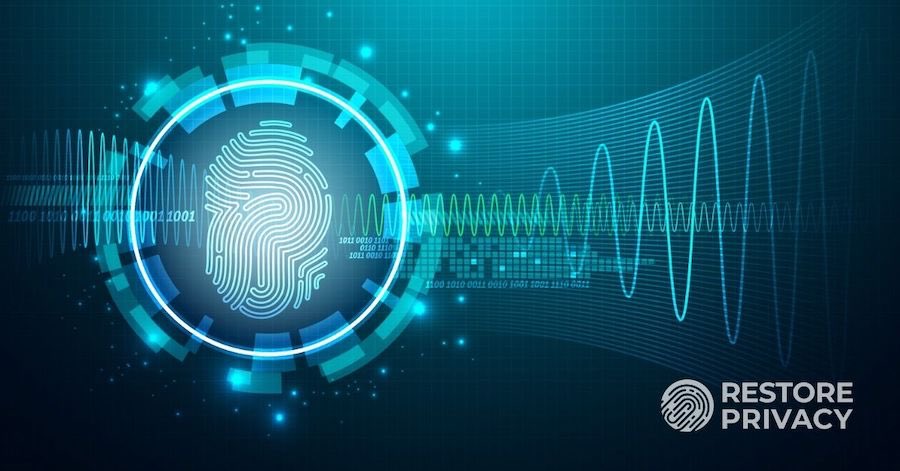
Understanding and Addressing Privacy Concerns in Device Fingerprinting Technology
Explore the nuances of device fingerprinting technology, delving into its privacy implications and strategies to address potential user concerns.
In the age where our devices know more about us than our best friends, we’ve stumbled upon something intriguing: device fingerprinting. No, it’s not your smartphone trying out for a detective role in a Hollywood movie! It’s a technology that has the uncanny ability to identify unique device attributes, often used for various online services. One such service is IPQualityScore’s device fingerprinting.
But as with anything that delves deep into our digital personas, there are some privacy eyebrows being raised. Let’s dive in and understand this tech marvel while unpacking some of those concerns. And hey, we promise, no tech jargons that’ll make you scramble for a dictionary!
What is Device Fingerprinting?
Device fingerprinting, in simple terms, is like a digital handshake. It’s a method that recognizes a device’s unique characteristics and settings, be it your smartphone, tablet, or laptop.
Think of it like your device having its own ‘personality traits.’ These traits help websites and online services identify you amidst the vast sea of internet users.
The main goal? To enhance security, prevent fraud, and offer you a more personalized online experience. So, while it’s playing detective, it’s often doing so to keep the online world a bit safer for us all.
The Privacy Implications
While device fingerprinting is like a superhero trying to keep our digital streets safe, sometimes even superheroes can overstep their boundaries.
For instance, imagine you’re searching for ways to make money online. You’d expect a simple, private search, right? But with aggressive fingerprinting, some dodgy websites could track your device’s unique attributes and bombard you with unsolicited ads, or, worse, scams.
There’ve been cases where this technology, instead of guarding us, gave away too much about our online habits, preferences, and behaviors. It’s a reminder that while innovation is powerful, it’s crucial to wield it responsibly.
Benefits vs. Privacy Concerns
On one hand, device fingerprinting is like a trusty watchdog, sniffing out potential fraudsters and tailoring our online journeys with personalized touches. It guards our digital doors, ensuring we’re safe from unwanted intruders.
On the other hand, nobody likes a nosy neighbor peeking too much. While the technology’s benefits are undeniable, there’s a fine line between helpful and intrusive. It’s a balancing act, really. Embracing its perks, while ensuring our private digital diaries aren’t laid bare for the world to read.
Best Practices for Ethical Device Fingerprinting
Imagine if device fingerprinting was a guest in your home. First, you’d want it to knock and ask permission before entering, right? That’s similar to obtaining user consent.
Once inside, if it took notes about your preferences but kept them vague (like “loves soft couches” rather than “blue couch, third from the window”), that’s the art of anonymizing data. And of course, it shouldn’t overstay its welcome. Just like guests shouldn’t leave behind their belongings indefinitely, limiting data retention ensures our digital footprints fade over time.
Ethical fingerprinting, in essence, respects the user’s digital space.
User Empowerment: Tools and Strategies
Equipping yourself in the digital realm is like donning armor in a medieval battle. Tools like VPNs and anti-tracking software are your shield and sword, defending against prying eyes.
But the most powerful weapon? Knowledge. Users can navigate the online world confidently and safely by understanding risks and remedies.
Conclusion
Navigating the maze of device fingerprinting is vital in today’s digital age. While its merits shine, privacy remains paramount.
Companies must tread ethically, and users, equipped with knowledge, can champion their own digital safety. Here’s to a balanced and informed online experience!



